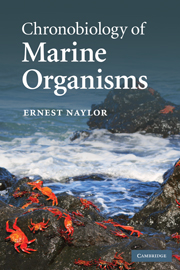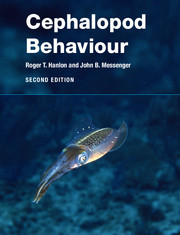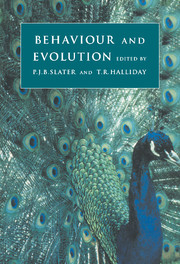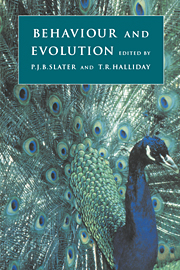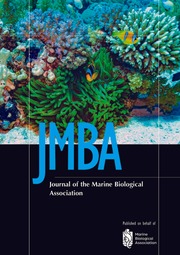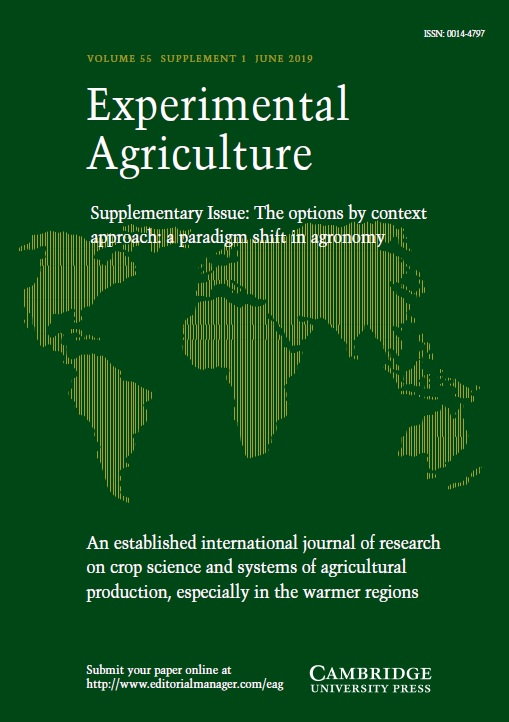Chronobiology of Marine Organisms
Do intertidal organisms simply respond to the rise and fall of tides, or do they possess biological timing and navigation mechanisms that allow them to anticipate when conditions are most favourable? How are the patterns of growth, development and reproduction of some marine plants and animals related to changes in day-length or to phases of the moon? The author describes how marine organisms, from single cells to vertebrates, on sea shores, in estuaries and in the open ocean, have evolved inbuilt biological clockwork and synchronisation mechanisms which control rhythmic processes and navigational behaviour, permitting successful exploitation of highly variable and often hostile environments. Adopting a hypothesis-testing and experimental approach, the book is intended for undergraduate and postgraduate students of marine biology, marine ecology, animal behaviour, oceanography and other biological sciences and also as an introduction for researchers, including physiologists, biochemists and molecular biologists entering the field of chronobiology.
- Focuses on an aspect of marine biology often disregarded in the past, seeking to dispel scepticism of biological rhythms and show its applications
- An experimental approach to understanding the nature of biological rhythms in the sea, for students of marine biology and related subjects
- Shows the ecological and practical relevance of biological clock-controlled behaviour to assist researchers and professionals entering the field of chronobiology
Reviews & endorsements
"Naylor's defense of lunar cycles in marine organisms is well organized and well written. This book contains an extensive amount of information on a narrow topic. For those interested in the topic, it will be an essential resource. Highly recommended."
S.R. Fegley, Choice Magazine
"This book is a must for all readers interested in organismic timing. It is a fine contribution to the field."
John D. Palmer, Marine and Freshwater Behaviour and Physiology
"The text is written in a very readable, jargon-fee style that will make it accessible to all readers whether students or established marine scientists seeking an introduction to the field. Practicing chronobiologists will find the volume a valuable summary of the state of the art. Overall, this is a comprehensive and authoritative synthesis of a century of research into the rhythmic behavior of marine organisms by an author who has made a major contribution to this fascinating field of biology."
R.N. Gibson, Quarterly Review of Biology
Product details
April 2010Adobe eBook Reader
9780511685651
0 pages
0kg
70 b/w illus.
This ISBN is for an eBook version which is distributed on our behalf by a third party.
Table of Contents
- 1. Moonshine
- 2. Biorhythms of coastal organisms
- 3. Tidal and daily time-cues
- 4. Clocks and compasses
- 5. Lunar and semilunar rhythms
- 6. Annual biorhythms
- 7. Plankton vertical migration rhythms
- 8. Staying put in estuaries
- 9. Ocean drifters
- 10. Living clockwork.

